When choosing a dog, health is a crucial factor that potential owners should consider. While every dog has the potential for a long and happy life, some breeds are genetically predisposed to a range of health problems. These issues can lead to frequent vet visits, costly medical bills, and, in some cases, a shorter lifespan. Understanding the health risks associated with certain breeds can help owners make informed decisions and take the necessary steps to manage or prevent these issues. In this article, we rank the 12 unhealthiest dog breeds, highlighting the health challenges each breed faces and why they are more susceptible to certain conditions.
12. Shar Pei
The Shar Pei is a unique breed known for its wrinkled skin and distinctive appearance. However, these same features contribute to a number of health problems. Shar Peis are prone to skin issues, including infections and irritations, due to the deep folds in their skin. They also commonly suffer from entropion, a condition where the eyelids roll inward, causing irritation and damage to the eyes. Hip dysplasia and hypothyroidism are other common issues in this breed. Additionally, Shar Peis can suffer from a genetic condition known as Shar Pei fever, which causes recurring episodes of fever and swelling. These various health challenges make the Shar Pei one of the unhealthiest dog breeds.
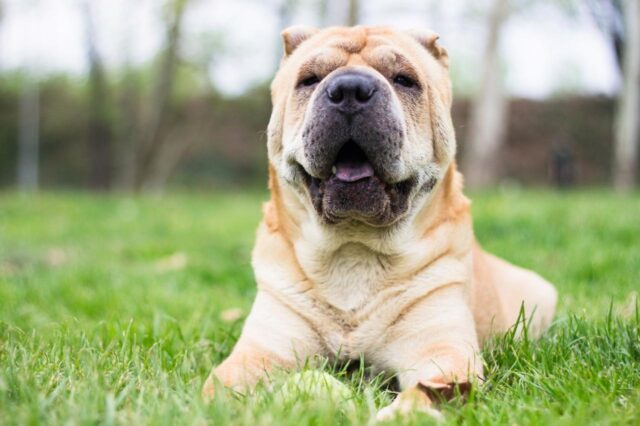
11. Scottish Terrier
The Scottish Terrier, or “Scottie,” is a small, sturdy breed with a strong-willed personality. Unfortunately, Scotties are prone to a number of health issues that can significantly impact their quality of life. One of the most common problems is Scottie cramp, a genetic disorder that affects the dog’s ability to walk and move normally. This breed is also at high risk for a range of cancers, including bladder cancer, which is particularly common in Scotties. Additionally, they are prone to von Willebrand’s disease, a blood clotting disorder, and other genetic conditions that can lead to expensive veterinary care. Despite their charming appearance and personality, Scottish Terriers face significant health challenges that owners need to be aware of.
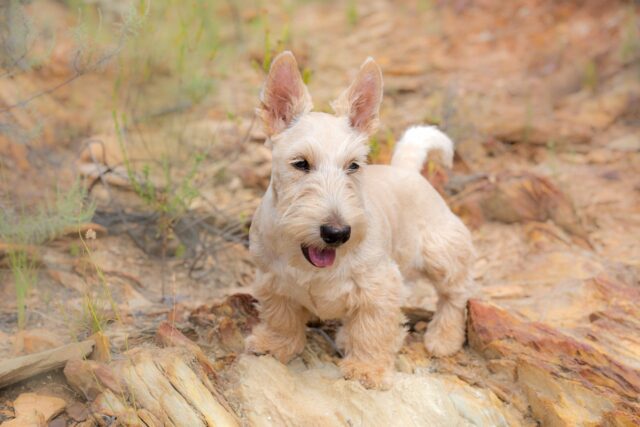
10. Cocker Spaniel
Cocker Spaniels are known for their sweet temperament and beautiful, flowing coats. However, they are also prone to a range of health issues that can lead to a shorter lifespan and frequent vet visits. Cocker Spaniels commonly suffer from ear infections due to their long, floppy ears, which can trap moisture and lead to chronic problems. They are also prone to eye conditions such as cataracts and progressive retinal atrophy, which can lead to blindness. Additionally, Cocker Spaniels are at risk for autoimmune diseases, which can affect various organs and systems in the body. Their susceptibility to a variety of health problems makes Cocker Spaniels one of the unhealthiest dog breeds.
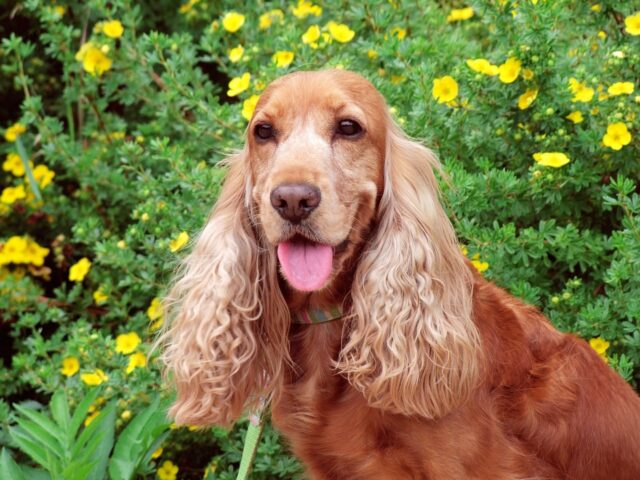
9. Pekingese
The Pekingese is a small breed with a distinctive, flat face and a long, luxurious coat. While their appearance is striking, it also contributes to several serious health issues. Pekingese are brachycephalic, meaning they have a short skull and flattened face, which can lead to breathing difficulties and other respiratory problems. They are also prone to eye issues, such as corneal ulcers and progressive retinal atrophy, due to the prominent position of their eyes. Additionally, the Pekingese’s short legs and long back make them susceptible to intervertebral disc disease, which can cause pain and mobility issues. The combination of these health challenges makes the Pekingese a breed that requires careful management and frequent veterinary care.
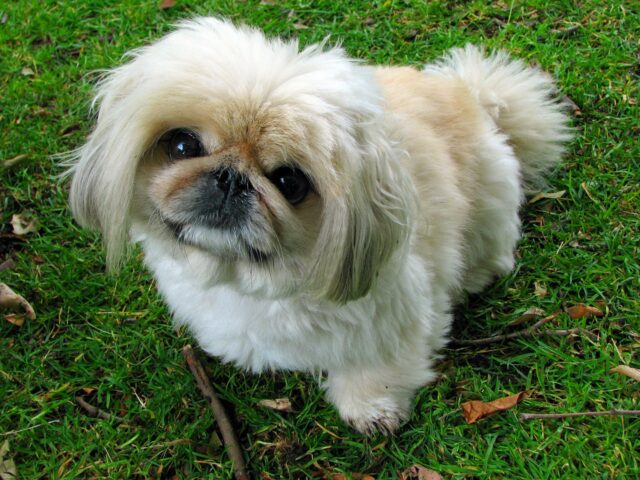
8. Dandie Dinmont Terrier
The Dandie Dinmont Terrier is a rare and distinctive breed known for its long body, short legs, and a distinctive top knot of hair. However, this breed’s unique appearance also contributes to several health issues. Dandies are prone to intervertebral disc disease (IVDD) due to their long spine, which can lead to pain, mobility problems, and even paralysis. They are also at risk for hip dysplasia, a condition where the hip joint doesn’t fit properly, leading to arthritis and other issues. Additionally, Dandie Dinmont Terriers are susceptible to certain cancers, such as lymphoma, which can be expensive to treat. Despite their loyal and affectionate nature, these health challenges make Dandies one of the unhealthiest dog breeds.
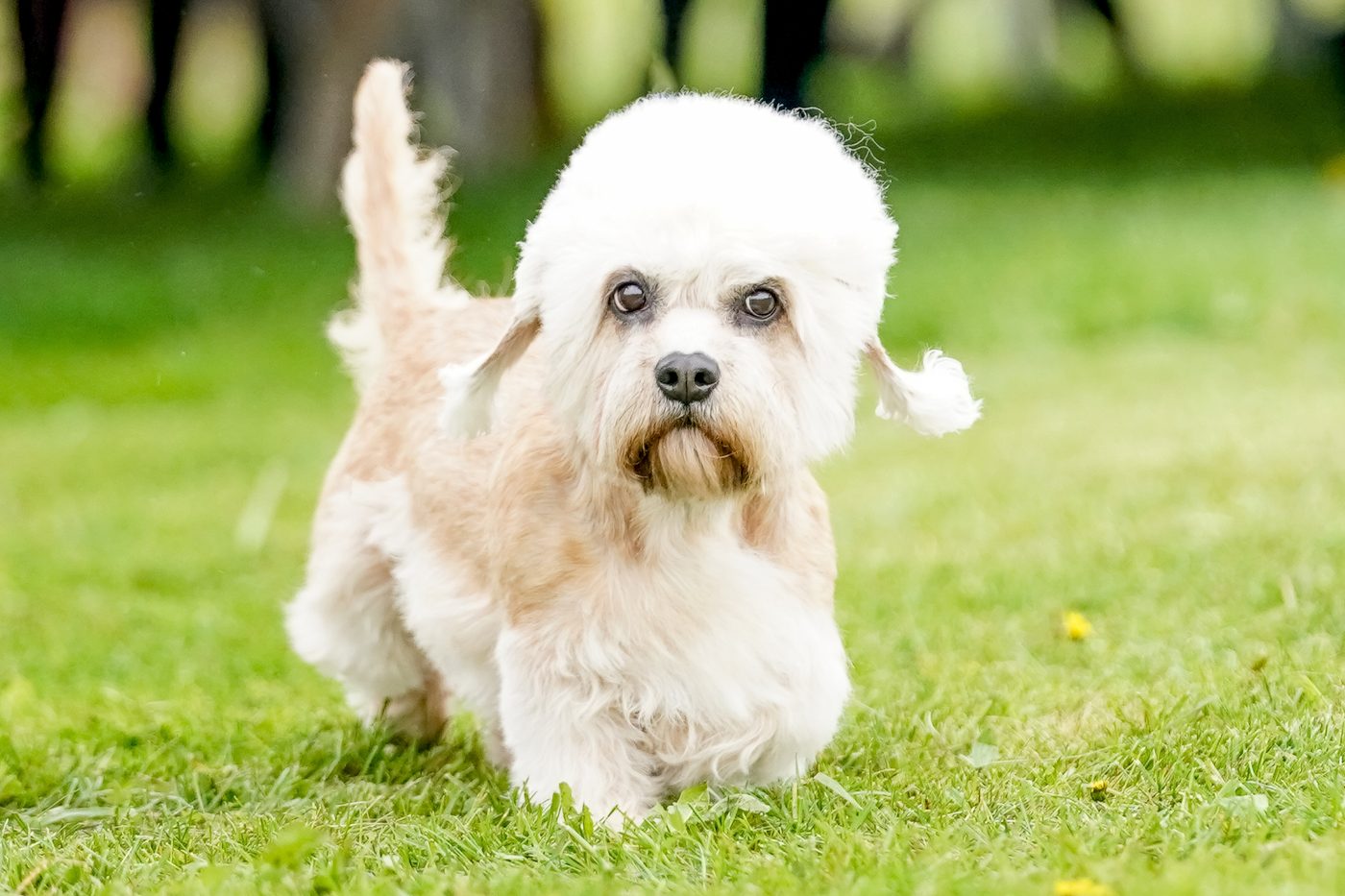
7. Beagle
Beagles are a popular breed known for their friendly nature and excellent sense of smell. However, they are also prone to a variety of health issues that can affect their quality of life. One of the most common problems in Beagles is hip dysplasia, which can lead to arthritis and mobility issues. They are also prone to intervertebral disc disease (IVDD), which can cause pain and even paralysis if not treated. Beagles are also at risk for hypothyroidism, a condition that affects the thyroid gland and can lead to weight gain, lethargy, and other health problems. Additionally, Beagles are prone to ear infections due to their long, floppy ears, which can trap moisture and lead to chronic issues. These various health problems make Beagles a breed that requires careful management and regular veterinary care.

6. Pug
Pugs are a popular breed known for their charming personalities and distinctive, wrinkled faces. However, these same features contribute to a number of serious health issues. Pugs are brachycephalic, meaning they have a short skull and flattened face, which can lead to breathing difficulties and other respiratory problems. They are also prone to eye issues, such as corneal ulcers and progressive retinal atrophy, due to the prominent position of their eyes. Additionally, Pugs are susceptible to obesity, which can exacerbate other health issues, including joint problems and heart disease. Their susceptibility to a variety of health problems, combined with their unique appearance, makes Pugs one of the unhealthiest dog breeds.

5. Bullmastiff
The Bullmastiff is a large, powerful breed known for its strength and protective nature. However, their size also contributes to a number of health issues. Bullmastiffs are prone to hip and elbow dysplasia, conditions that can lead to arthritis and mobility problems. They are also at risk for bloat, a life-threatening condition that requires immediate veterinary intervention. Additionally, Bullmastiffs are susceptible to certain cancers, such as lymphoma and osteosarcoma, which can be expensive to treat. Their large size also puts them at risk for heart disease, which can require ongoing medication and monitoring. Despite their loyal and protective nature, these health challenges make Bullmastiffs one of the unhealthiest dog breeds.

4. Dachshund
Dachshunds, known for their long bodies and short legs, are a popular breed that is particularly prone to health problems. Their unique body shape makes them especially susceptible to intervertebral disc disease (IVDD), a condition where the discs in their spine degenerate and can cause severe pain, paralysis, or even require surgery. Dachshunds are also prone to obesity, which can exacerbate spinal issues and lead to other health problems such as diabetes and heart disease. Additionally, Dachshunds can suffer from hip dysplasia and patellar luxation, both of which affect their mobility. The combination of these health issues makes the Dachshund one of the unhealthiest dog breeds.
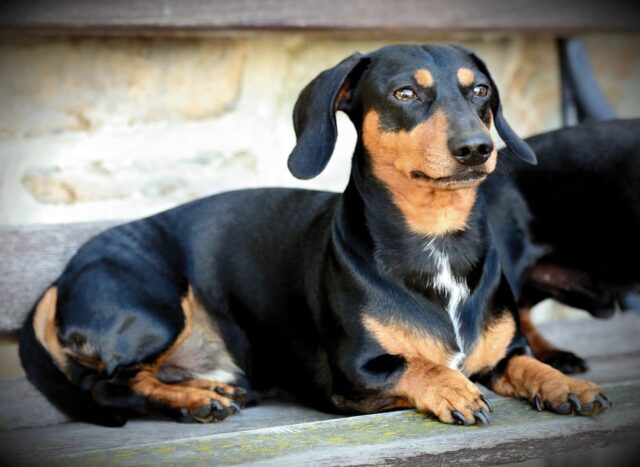
3. Newfoundland
The Newfoundland is a giant breed known for its gentle nature and impressive swimming abilities, but its large size also contributes to several serious health issues. Newfoundlands are particularly susceptible to hip and elbow dysplasia, conditions that can lead to arthritis and mobility problems, often requiring surgery. They are also prone to heart conditions such as subvalvular aortic stenosis (SAS), which can lead to heart failure and require ongoing treatment. Additionally, Newfoundlands are at risk for bloat, a life-threatening condition that requires immediate surgical intervention. The combination of these health issues, along with their large size, makes Newfoundlands one of the unhealthiest dog breeds.

2. Old English Sheepdog
The Old English Sheepdog is a large, shaggy breed known for its friendly and easygoing nature. However, their distinctive appearance also contributes to a number of serious health issues. Old English Sheepdogs are prone to hip dysplasia, a condition where the hip joint doesn’t fit properly, leading to arthritis and mobility problems. They are also susceptible to autoimmune diseases, such as immune-mediated hemolytic anemia (IMHA), which can be life-threatening and require ongoing treatment. Additionally, Old English Sheepdogs are at risk for certain cancers, such as lymphoma, which can be expensive to treat. Their thick coat also requires regular grooming to prevent skin infections and other issues. Despite their charming appearance and personality, these health challenges make Old English Sheepdogs one of the unhealthiest dog breeds.

1. English Bulldog
The English Bulldog is one of the most beloved breeds, known for its distinctive appearance and gentle temperament. However, they are also one of the unhealthiest dog breeds, with a range of serious health issues that can significantly impact their quality of life. English Bulldogs are brachycephalic, meaning they have a short skull and flattened face, which can lead to breathing difficulties and other respiratory problems. They are also prone to hip dysplasia, a condition where the hip joint doesn’t fit properly, leading to arthritis and mobility problems. Additionally, English Bulldogs are at risk for skin infections due to their numerous skin folds, and they are prone to obesity, which can exacerbate other health issues. The combination of these health problems makes English Bulldogs one of the most challenging breeds to care for, requiring ongoing veterinary care and management.
In conclusion, these 12 dog breeds are known for their susceptibility to a range of health issues that can significantly impact their quality of life. While each of these breeds has its own unique charm and characteristics, potential owners should be aware of the health challenges they may face. Regular veterinary care, proper diet, exercise, and preventive measures can help manage these issues, but it’s important to be prepared for the financial and emotional responsibilities that come with owning a breed prone to health problems. Despite these challenges, with the right care and attention, these breeds can live happy and fulfilling lives as beloved companions.
 Toledo, United States.
Toledo, United States.